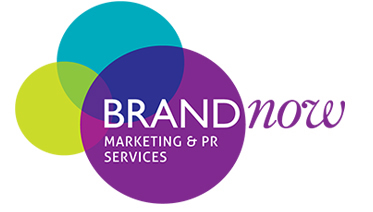
IN my previous article, I highlighted the differences between
public relations and advertising. Both of these marketing tools are
important in creating an effective and successful marketing
communication campaign.
Today, I want to talk about PR and how effective it
is for companies; especially in creating good publicity
and building a reputation with potential customers.
When the US donut chain Krispy Kreme opened
its first store in Thailand in 2010, they announced
they would give away a year's supply of a dozen
free donuts a week to the first customer. This
was doled out right up to the 200th customer.
Prior to the event, very few Thais had
heard of this US brand. Thanks to the
publicity stunt coupled with the use of
social media like Twittter and Facebook,
thousands of Thais of all ages queued up
to buy the donuts. They were later seen
carrying their sugary fried delights in boxes
and bags with Krispy Kreme logos through the
streets, on the BTS trains and in the shopping malls.
Some customers took photos and uploaded them
on various social websites as they wanted to show
off the latest fast food trend. The end result? Krispy
Kreme got loads of free publicity without having to
splash out for a major advertising campaign.
Public Relations is a result of what companies
and individuals do, what they say and most
importantly, what others say about them. PR is more than product launches or
publicity stunts; it is a tool that supports the long term strategic marketing plan.
Because PR uses third party endorsement such as print, broadcast and
online media, the consumers are usually provided with a more detailed and
interesting angle of the company's product or services.
PR is often misunderstood to be just activities to promote a product or
service. In fact, the role of PR has changed significantly in recent years and
has become an integral part of brand building.
PR is used to build product awareness and in
opening new markets. Companies which want to
introduce a new product or service or are
re-launching an existing product or service
resort to PR to generate consumer's attention
and awareness. This could be achieved through
creative events or campaigns. During one of the
PGA Tours, golfer Tiger Woods was seen using a
particular brand of golf club, after which the manufacturer
received enquiries from all over the world.
PR is also used to provide consumers with
detailed information about products or services.
This could be done through articles and other
collateral materials to help consumers understand
the product. For instance, during the rainy
season, car companies may provide tips for driving
safely on wet roads and write about changing car
tires or wipers. Hospitals could provide information
about disease outbreaks.
PR can also be seen as attracting competent
employees into the company as they want to
be part of a successful company.
Companies with a positive image also
attract major investors and shareholders.
These are just some
examples of the role of PR in a
marketing campaign.
Before embarking on any PR
campaigns, companies must be specific
with the goals they want to achieve.
Kittima Sethi is a PR consultant at Brand Now
and if not buried under the publications, she may be
reached at kittima@brandnow.asia
|
















 | Newsletter | Brand Now Co., LTD. |Telephone: +662 662 5622 | © Copyright 2016
| Newsletter | Brand Now Co., LTD. |Telephone: +662 662 5622 | © Copyright 2016

